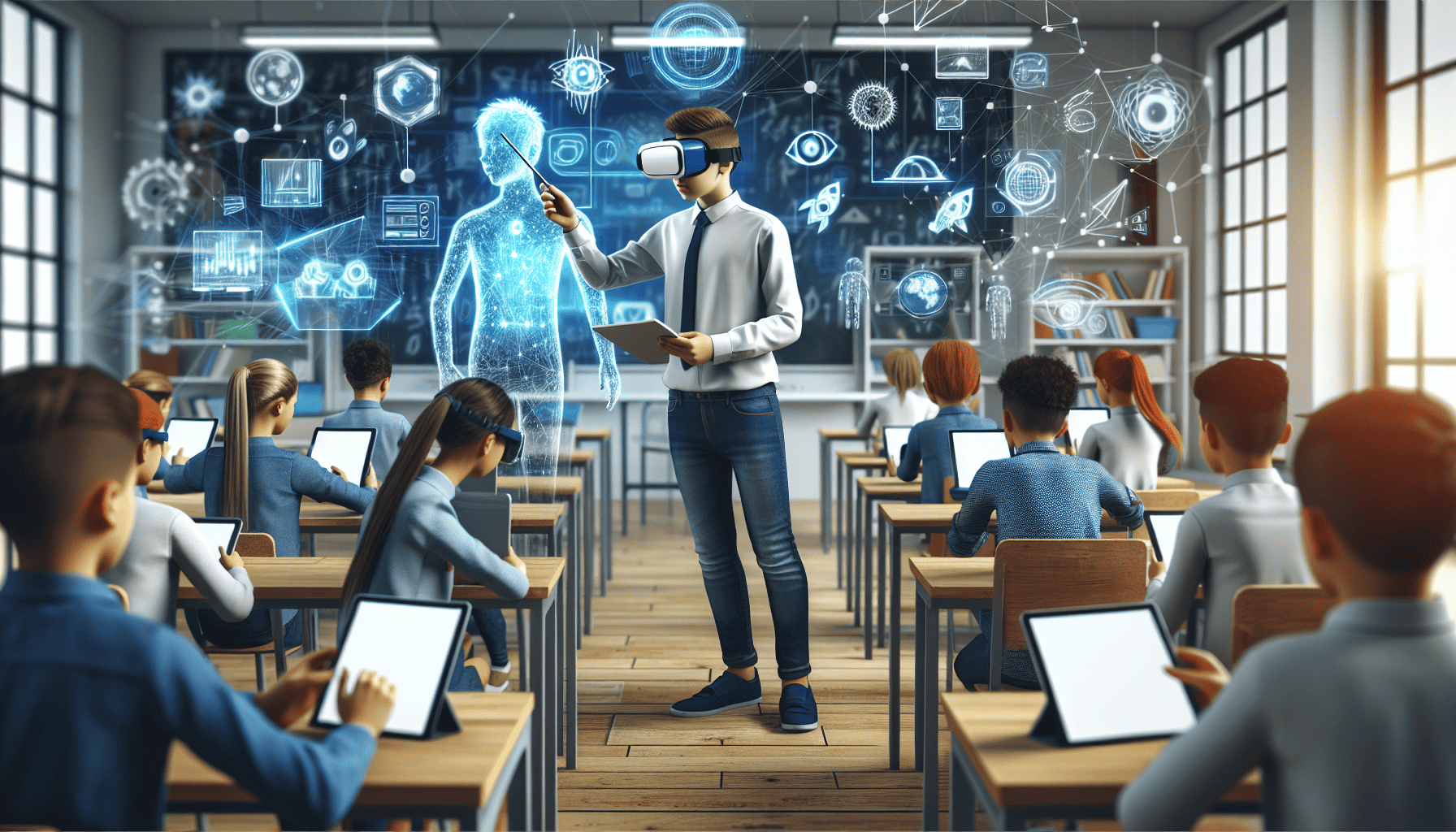In an era where technological advancement continuously reshapes all aspects of life, the realm of education is experiencing a profound transformation. Dynamic Cadence Learning stands at the forefront of this revolution, integrating technology to create a more engaging and effective learning environment. By leveraging advancements in educational technology, this innovative approach tailors learning experiences to meet the varied needs of students, transcending traditional educational models.
Dynamic Cadence Learning prioritizes adaptability, recognizing that each learner is unique, with distinct strengths, challenges, and learning paces. Through the use of artificial intelligence (AI) and machine learning algorithms, educational content can be personalized to adjust in real-time according to a student's performance, interests, and learning preferences. This adaptive learning model ensures that students are neither left behind nor unchallenged, thus maximizing their potential.
One of the key features of this technological integration is the use of immersive technologies such as Virtual Reality (VR) and Augmented Reality (AR). These tools provide experiential learning opportunities, allowing students to explore complex subjects in an interactive and engaging manner. Imagine a history class where students can virtually walk through ancient civilizations, or a biology lesson where they can explore the human body in 3D. Such experiences make learning tangible and memorable, fostering a deeper understanding of the subject matter.
Furthermore, Dynamic Cadence Learning incorporates gamification, a strategy that uses game-design elements in non-game contexts to increase engagement and motivation. By turning educational content into interactive games, students can enjoy a more enjoyable and competitive learning experience. Achievements, badges, and leaderboards can transform a routine homework task into a challenging quest, inspiring students to persevere and embrace continuous learning.
Collaboration is another cornerstone of this educational transformation. Technology facilitates global connectivity, enabling students to collaborate with peers across the globe through digital platforms. This interaction fosters cultural exchange and broadens perspectives, preparing students to thrive in a globally interconnected world. Online discussions, group projects, and virtual classrooms dismantle geographical barriers, creating a diverse and rich learning community.
Moreover, Dynamic Cadence Learning equips educators with powerful tools to monitor and support student progress effectively. Advanced analytics provide insights into individual and class performance, helping teachers identify learning gaps and customize their teaching strategies accordingly. By automating routine administrative tasks, technology allows educators to focus more on personalized teaching and mentorship.
However, the integration of technology in education is not without its challenges. Ensuring equal access to technology for all students is paramount to prevent widening the digital divide. Schools and policymakers must work collaboratively to provide adequate resources and infrastructure, ensuring that every student has the opportunity to benefit from these advancements.
Furthermore, the role of data privacy and security in educational technology cannot be overlooked. As vast amounts of student data are collected and analyzed, safeguarding this information is crucial to protect students' rights and build trust in digital learning environments. Transparent policies and stringent security measures must be implemented to ensure the ethical use of technology in education.
In conclusion, the future of learning is undeniably intertwined with technological innovation. Dynamic Cadence Learning exemplifies how technology can revolutionize education by creating personalized, engaging, and effective learning experiences. As we navigate this exciting frontier, a concerted effort from educators, policymakers, and technology developers is essential to realize the full potential of educational technology, ensuring that it serves as a tool for empowerment and opportunity for all learners.
